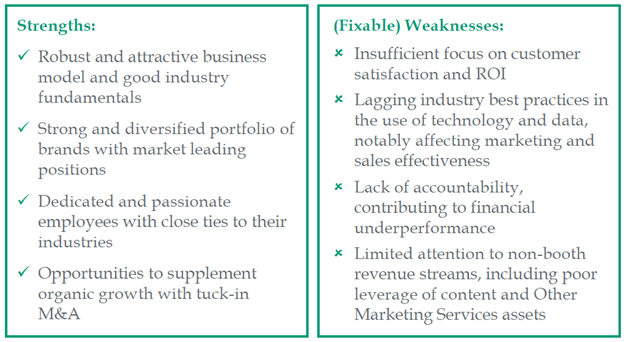Why is Hibbett Sports Doing so Well This Quarter?
On July 20, Hibbett Sports released a press release and held a conference call to update it’s expected quarterly results. For their quarter ending July 31st, they forecast comparable stores sales to increase more than 70%. First half comparable store sales are expected to be up 20%.
It’s great to have an industry retailer reporting those kinds of results. It’s also good to ask how they did it and whether or not it can continue.
The first thing to know is that Hibbett kept its stores open when the virus hit “…where local authorities and our landlords deemed it prudent,” says President and CEO Mike Longo. They have been able to open nearly all their stores, the press release tells us.
Take a look at this link to see how they managed their stores for safety while keeping them open. It seems pretty comprehensive. The only thing I was surprised not to see was a requirement for customers to wear masks.
Hibbett also notes that they have “…nearly 1,100 points of distribution in mid-tier population centers. Only 20% of our stores are located in enclosed malls,” and that they are “…a small box retailer with fewer people concentrated in stores at any given time.” I can see why that helped them decide to stay open.
I wonder if they had any outbreaks of the virus in any of their stores.
They don’t discuss how they communicated with their employees, what the process and timeline for making the changes that allowed them to remain open was, and what the employees’ response was like. Probably glad to have their jobs and not quite aware (like all of us a couple of months ago) just how serious the virus was. It would be important to hear how that all got managed in detail. It might say something about Hibbett’s ability to respond quickly in a time when that’s a critical skill.
CEO Longo states at the start of the press release, “Our resilient business model and dedicated team members are delivering on our commitment of superior customer service with a compelling merchandise assortment.”
He continues, “We believe our sales have been positively impacted by multiple factors, including pent-up consumer demand, temporary and permanent store closures by our competitors, and stimulus money. These circumstances yielded increased traffic to our stores and website and the opportunity for new customers to experience our trademark service. We expect that we will be able to retain many of these customers in the future.”
When they break down the 70% increase in comparable store sales, we learn it’s 60% brick and mortar and 200% digital. Hibbett is touting their digital capabilities- which is interesting since in October, 2018 I wrote an article with the title “Hibbett Sports Inc: ‘At the end of the 2nd quarter of Fiscal 2018, we successfully launched our e-commerce website.’ Wait- What? That Can’t Be Right.” It appears there has been some pretty significant progress in less than two years after an extremely late start. I guess I’d better follow them more closely.
On the one hand, Hibbett is crediting their “resilient business model” with their success. On the other, they acknowledge that the sales increases were favorably impacted by pent up demand, closing of competitors stores, and stimulus money. There’s also an implication in their discussion of inventory they were able to get. Perhaps other retailers initially cancelling their orders allowed Hibbett to find what they needed to support their increased sales. Perhaps at better margins?
Did Hibbett make an inspired management decision to stay open? Did they manage it superbly? Or were they the beneficiary of some one-time events during a period of reduced competition? I don’t know because I have no knowledge of their management process.
Here’s how we’re going to know. In the press release they tell us, “We expect that over 25% of brick and mortar sales will be comprised of new customers and estimate that approximately 40% of our digital sales will also be attributed to new customers.” The extent to which they retain those new customers will tell us a lot about whether Hibbett management is smart or lucky. My sense it is takes some of both.
It’s almost a controlled laboratory experiment in the ability of a retailer carrying the same brands at more or less the same cost as many of its competitors to retain the loyalty of new customers. It also may tell us something about how online and brick and mortar support, or don’t support, each other. Other retailers with stores closed had big increases in digital. Will new digital customers prove sticky when stores were not open?
Hibbett makes it clear in the conference call they know it’s both an opportunity and a challenge to retain these customers.
I’m not even sure how loyal customers are to brands anymore, much less to particular retailers. I’m intrigued to watch this evolve.





